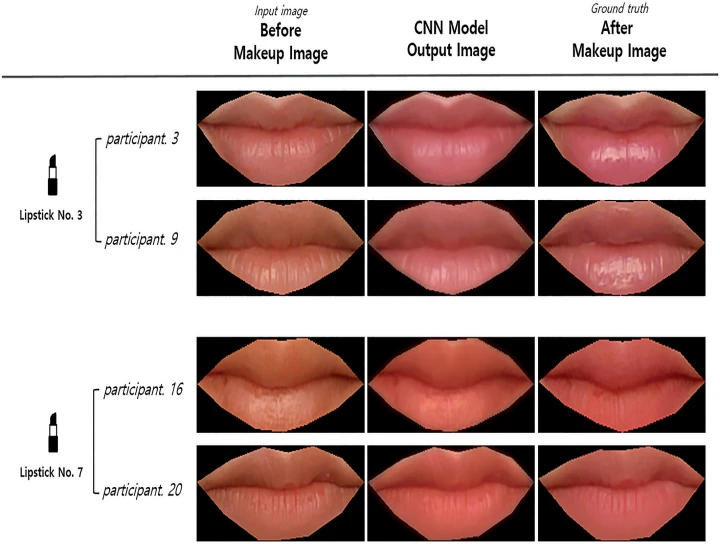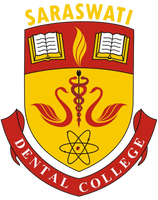
Pioneering a New Frontier: Artificial Intelligence (AI)-Driven Lip Print Pattern Analysis
Lip prints, unique to individuals much like fingerprints, have gained significant traction in forensic science due to their potential for personal identification. The study of lip print patterns, or cheiloscopy, holds promise in criminal investigations, particularly when other biometric data is unavailable. However, the manual analysis of lip prints is time-consuming, subjective, and prone to human error. Artificial Intelligence (AI) offers a revolutionary solution, automating and enhancing the accuracy of lip print pattern analysis. This integration represents a groundbreaking advancement in forensic science.
Understanding Lip Print Patterns
Lip prints are the grooves and lines formed by the wrinkles of the lips. These patterns, categorized into distinct types (e.g., vertical, intersected, branched, or reticular), vary across individuals and remain unchanged throughout a person’s life. They are often found at crime scenes on surfaces like glasses, cigarettes, or envelopes. Despite their forensic potential, manual identification and categorization can be subjective, relying heavily on the expertise of the examiner.
AI in Lip Print Pattern Analysis
AI-driven technologies, particularly machine learning (ML) and deep learning algorithms, are capable of analyzing large datasets to identify patterns with remarkable precision. When applied to lip print analysis, AI systems can:
- Automate Pattern Recognition: AI algorithms, trained on extensive databases of lip print images, can classify and match prints with greater speed and accuracy than manual methods.
- Enhance Accuracy: By eliminating human biases and errors, AI ensures more consistent results in categorizing and matching patterns.
- Facilitate Large-Scale Analysis: AI can process thousands of lip print images simultaneously, making it ideal for forensic databases and large-scale investigations.
- Image Enhancement and Reconstruction: AI tools can enhance faint or partial lip prints, improving their usability in cases where evidence is incomplete or degraded.
Practical Applications
- Criminal Identification: AI can match lip prints found at crime scenes with those in forensic databases, aiding in suspect identification.
- Verification in Mass Casualty Events: In situations where other biometric data is compromised, lip prints analyzed by AI can assist in victim identification.
- Complementing Other Biometrics: Combined with fingerprints or facial recognition, AI-driven lip print analysis strengthens forensic investigations by providing additional layers of biometric data.
Challenges and Solutions
- Data Standardization: Lip print images vary in quality and orientation. Developing standardized protocols for capturing and storing lip print data is essential for AI training.
- Algorithm Reliability: AI models require robust training datasets that represent diverse populations to ensure reliability and avoid bias.
- Legal Acceptance: Forensic evidence derived from AI systems must gain widespread legal acceptance through validation studies and expert consensus.
To address these challenges, interdisciplinary collaboration between forensic scientists, AI developers, and legal professionals is crucial.
Future Directions
As AI continues to evolve, the potential for innovation in lip print analysis is vast. Future advancements may include real-time analysis tools integrated with crime scene investigation kits or mobile applications for on-site analysis. The incorporation of AI into lip print research could also unlock new insights into population-specific patterns, aiding both forensic and anthropological studies.
Conclusion
AI-driven lip print pattern analysis is a pioneering frontier that promises to revolutionize forensic identification. By automating and enhancing the precision of lip print analysis, AI not only streamlines investigations but also ensures greater reliability in forensic evidence. As technology advances, AI’s role in cheiloscopy will likely become indispensable, setting a new benchmark for forensic science.


No Any Replies to “Pioneering a New Frontier: Artificial Intelligence (AI)-Driven Lip Print Pattern Analysis”
Leave a Reply